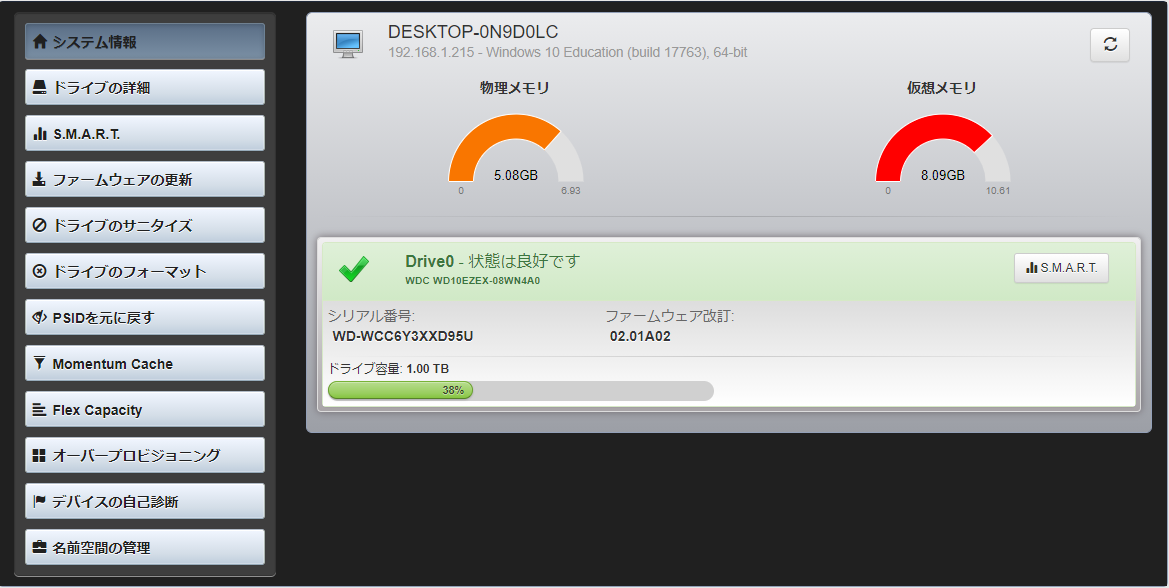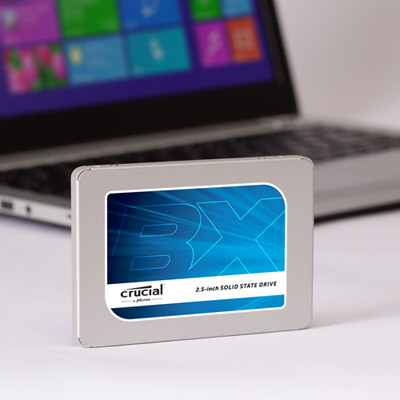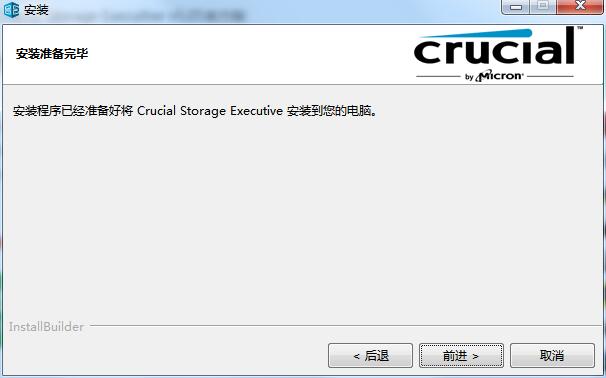

- #Crucial storage executive really needed update
- #Crucial storage executive really needed software
- #Crucial storage executive really needed Pc
- #Crucial storage executive really needed free

The MX500 is Crucial's second generation of SSDs, boasting Micron 2nd Generation 64-layer 3D TLC NAND, sequential read/writes up to 560/510 MB/s, random read/writes up to 95K/90K IOPS and a 5-year limited warranty. Solid state drives have been around for years, but it's only in the last few that they've been reasonably priced, and only very recently that you've been able to purchase on with a reasonable amount of storage space.Ĭrucial's new MX500 SSDs are available in capacities of up to 2TB in the traditional 2.5” form factor or 1TB in the M.2 form factor.
#Crucial storage executive really needed Pc
For the last week, FutureFive's Darren Price has been putting one of these hard drives through its paces.Īnyone still booting their PC from a traditional hard disk, really needs to think about the amount of valuable time they sit in front their machine waiting for it to start.

But in terms of write performance this isn't a whole lot better than just writing at near maximum speed, it just appears that way thanks to deceptive caching, which actually is worse if anything.At CES 2018 memory and storage gurus, Crucial, launched their MX500 SSD range. So if you're writing at 500 MB/s it will take over 2.5 minutes to exhaust the cache, but since the SLC isn't being saturated and the P1 is aggressive with writes you're actually freeing up 80 MB/s in the background, so the cache is effectively 12GB larger. By default it will have 76GB of SLC, write at 2000 MB/s (SLC) and fold at 80 MB/s (QLC). The dynamic cache can also increase wear because you'll be writing/erasing TLC blocks effectively twice. So you have less OP which can increase write amplification (NAND wear). Additionally when the drive is 75%+ filled it has only static SLC left, but as mentioned this is reserved space - 48GiB of QLC is required for 12GiB of SLC. Why would you do this? To improve endurance - folding writes out sequentially. So folding here means all incoming data must go through the SLC cache first. This is the compression of SLC blocks into TLC blocks - it has a performance penalty and is slow in general. The third tier is folding which is up to 1/2 the speed of the native flash.There are reasons for this I'll get into briefly below. The second tier on most drives is direct-to-NAND, e.g.While dynamic shifts between QLC and SLC, the static is in reserved space for the lifetime of the device and thus has far higher endurance. The first tier is SLC which is a static + dynamic hybrid, 12GB + up to 128GB respectively on the 1TB SKU.As for the P1, it's important to understand how its SLC caching works:
#Crucial storage executive really needed free
Simply leaving some space free is usually suitable as dynamic overprovisioning because of the amount of idle/downtime with consumer workloads.įirmware updates? Yeah, now that is nice to have, but usually unnecessary. Overprovisioning is also a gimmick these days for consumer drives - it used to be effective, but modern controllers are very efficient with TRIM and garbage collection. If you want really good SMART monitoring, you want Hard Disk Sentinel. Anybody who understands caching knows this so I won't get into it, you can look if up desired. It's basically the same as Samsung's RAPID mode, which in my opinion is a gimmick. BTW, the Samsung tool returns a lot less information from the Crucial drive, than Storage Executive returns from the Samsung drive.
#Crucial storage executive really needed software
I do use my Samsung software as the primary tool for managing the Samsung drive. The Storage Executive also is able to see the Samsung SSD that is on my drive and to get basic information (like temperature and SMART information) for that drive.

Collectively, these actions have significantly improved the performance of my P1. Further, the Storage Executive enabled me to over-provision my drive easily and to create a PC RAM-resident cache for the drive - what Crucial calls "Momentum Cache". Post-firmware, the drive is able to maintain around 500 MB/sec.
#Crucial storage executive really needed update
Before the firmware update was applied, the P1 would throttle down to a transfer speed around 50 MB/sec after about 30 seconds of continuous use. The primary benefit to me was it provided the ability to apply a firmware update to my 1TB P1 drive which enabled me to effectively use the drive to manage large files. I've found the Storage Executive software to be very useful.


 0 kommentar(er)
0 kommentar(er)
